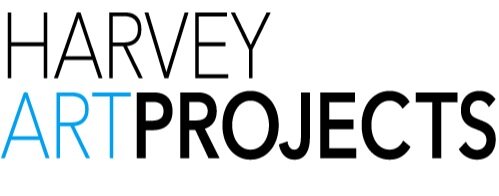Djirrirra Wunungmura
AUSTRALIAN. YOLNGU, B. 1968
Djirrirra (also known as Yukuwa) assisted her father, Yanggarriny Wunungmurra (1932-2003), in his Telstra Award winning painting of 1997 and continually up un l his death in 2003. She has also assisted her brother Nawurapu Wunungmurra, but now primarily paints her own works. Her father granted her this authority whilst he was alive. Her precise hand and geometric style has increasingly attracted enthusiastic interest from the art world.
As she came to the notice of Buku-Larrnggay co-ordinators for her exquisite hand and innovative composition she was included in her first major exhibition and her first visit to the world outside of Arnhem Land, in a show at RaftArtspace in Darwin in 2006 which featured her and two other Gangan artists, Yumutjin Wunungmurra and Waturr Gumana. In 2007 she was selected for Cross Currents, a major art survey at the Museum of Contemporary Art in Sydney. Her rise to a level of notice was cemented when she was announced Winner of the TOGA Northern Territory Contemporary Art Award in 2008. From here she was invited to her first solo show at Vivien Anderson Gallery in 2009. She has lived at the remote homeland of Gangan since she was born (before Western housing was erected) and has three children. .
In 2012 she followed her father and brother as a Telstra winner with Best Bark at the 29th NATSIAA with a new theme- Yukuwa. In Found at Annandale in 2013 she followed Gunybi Ganambarr into extending her use of media beyond naturally occurring ochres and bark to include recycled found industrial waste materials such as MDF and perspex louvres. In this year she again visited the US as part of a print collaboration between the Yirrkala Print Space and the Tamarind Institute where she worked with American Indigenous artists in Albuquerque.
In 2017 her lyrical Yukuwa (yam) inspired paintings on board featured in collaboration with an installation of her brothers Larrakitj. Yukuwa is one of the personal names of the artist and Yukuwa has become a distinct theme in her practice. This motif first arose when she had been challenged about her right to paint Buyku the fishtrap imagery of her own clan and homeland by a family member. Rather than argue she retorted by painting imagery which in one sense is her own personal identity.

